The Temple of Literature
Built in 1070, the Temple of Literature was Vietnam’s first university, where the country’s brightest scholars aspired to the role of mandarin, or court official. The temple is dedicated to Confucius, and is one of Hanoi’s most historic sights.
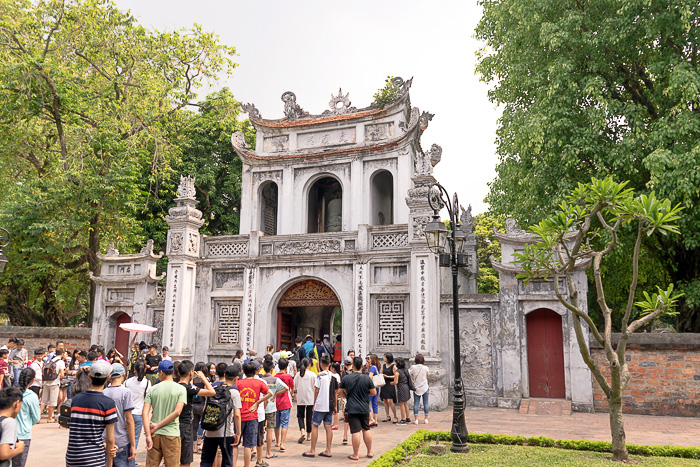
Maybe it was just the time of year we were visiting, at the tail end of May, but the Temple of Literature was packed with school classes. It makes sense, of course; what better place to celebrate graduation, than the temple dedicated to learning? With a name like “The Temple of Literature”, we’d been expecting an austere and dignified atmosphere, but the thousands of screaming kids made it more like a circus. We didn’t mind; it was surely more fun, this way.
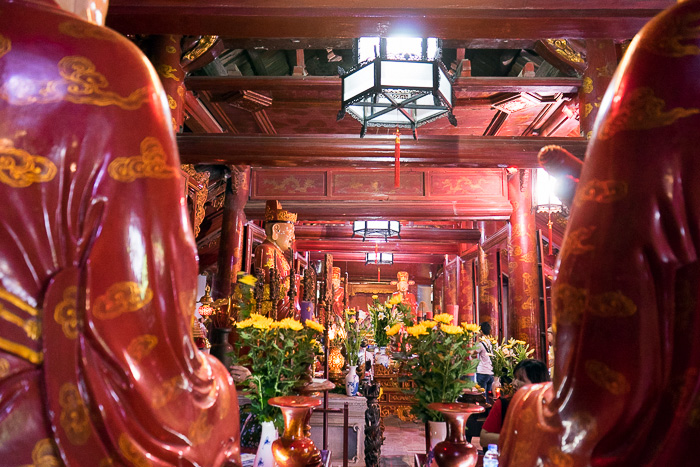
The university was mainly a way to identify and promote the nation’s most talented scholars. Aspirants had to complete a series of tests, starting in their home villages and eventually making their way to Hanoi and the final exams. There was no guarantee of success, but the rewards were great. Only a handful of students out of thousands managed to pass the yearly exams, which were administered by the king himself. But those lucky few were drafted into his court, and would return as heroes to their home towns, at the head of a triumphal parade.
The temple is separated into five consecutive courtyards. The first two are gardens, beautiful but largely devoid of any particular sights. The second and third courtyards are separated by the Khuê Văn Pavilion, which has become a symbol of Hanoi, with its stone stilts and circular windows.
In the third courtyard, there’s a small house which holds the Stelea of Doctors, considered the temple’s greatest treasures. These are large columns, set atop stone turtles, upon which have been inscribed the names and birthplaces of all the students who passed the Royal Examination. There’s one for each year, with the earliest dating from 1484.
The fourth courtyard is centered around a house in which Confucius and his disciples are worshiped. It strikes me as strange to pray before the statue of a scholar, however scholarly he might have been, but I suppose there are worse things to worship. And the fifth courtyard was originally the location of the royal academy. Today, there’s a building which serves as both a small museum and, on the upper floor, a place to worship three kings who were instrumental in the history of the temple.
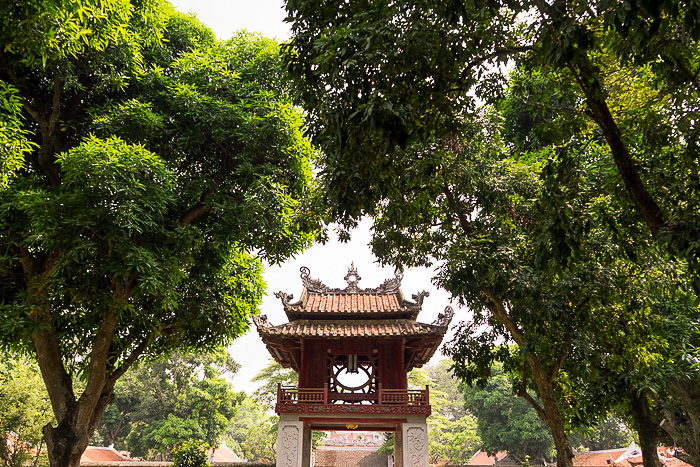

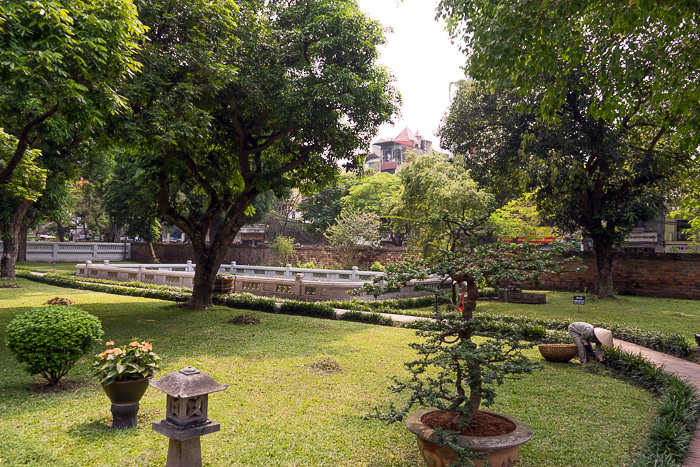

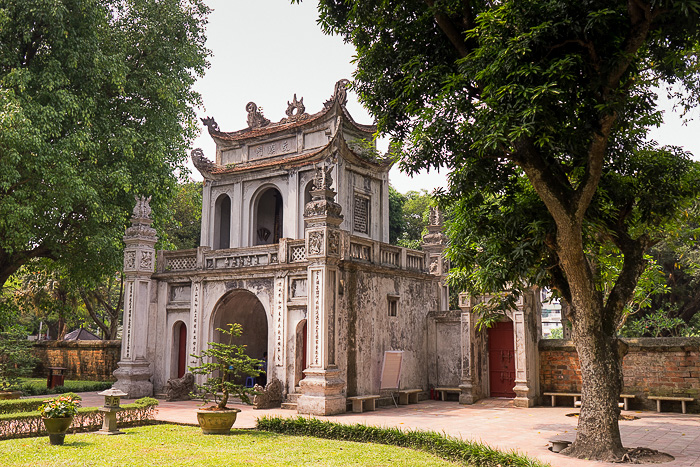

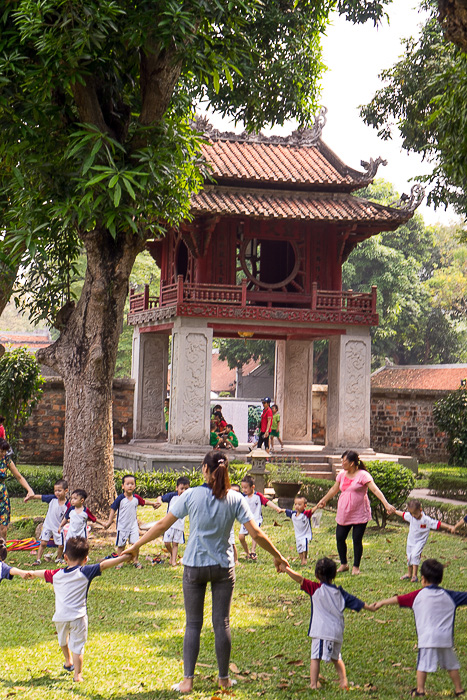
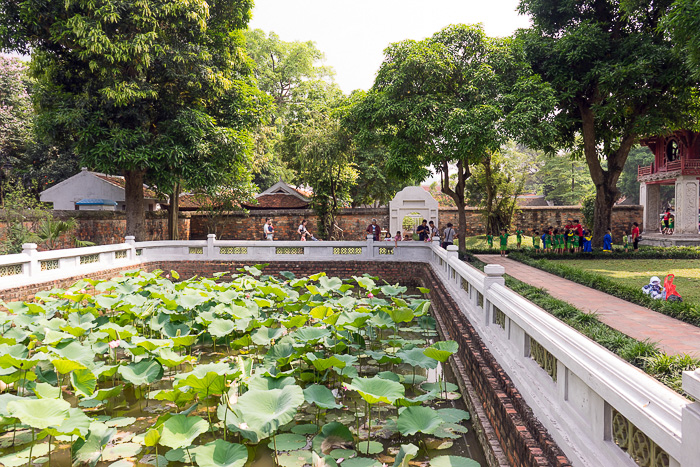
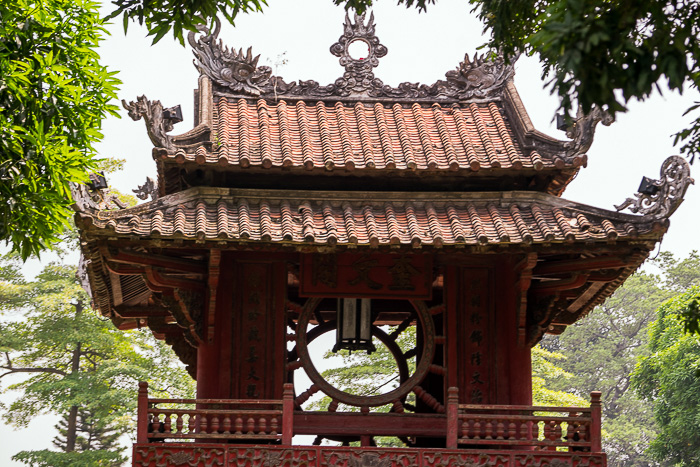

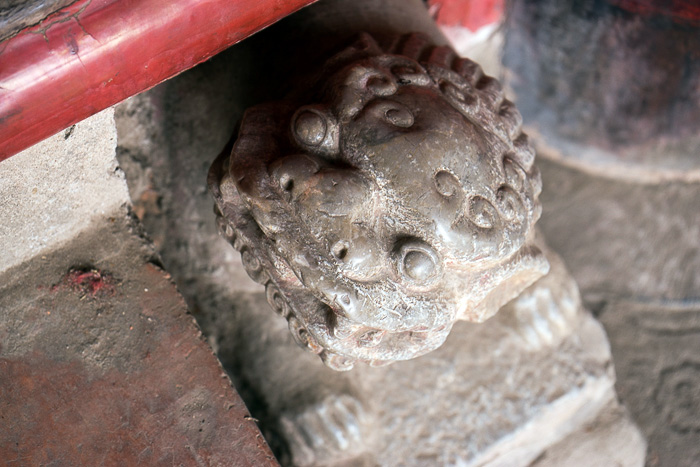
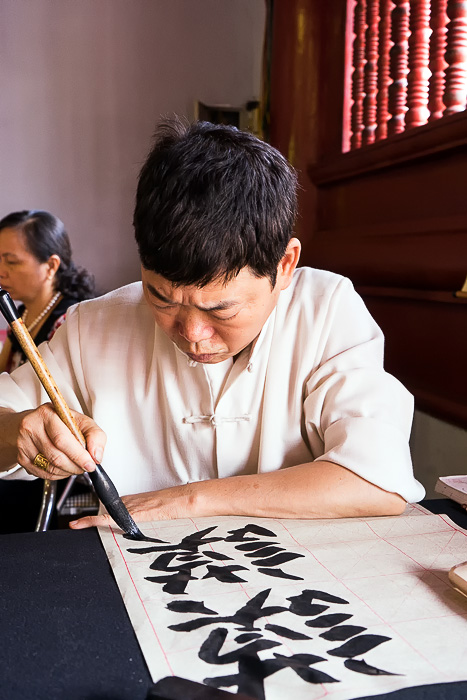
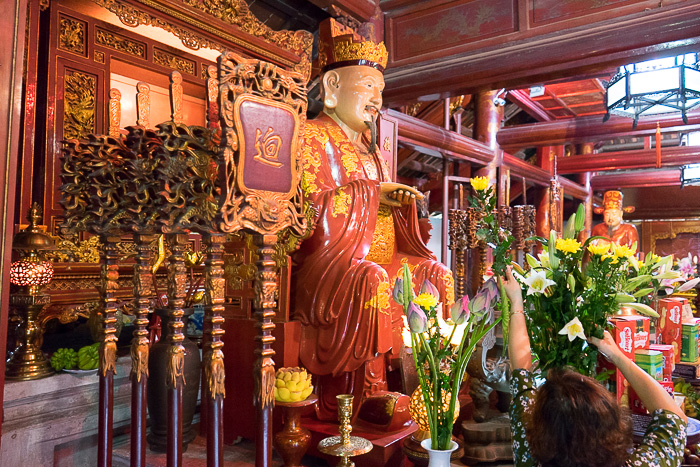


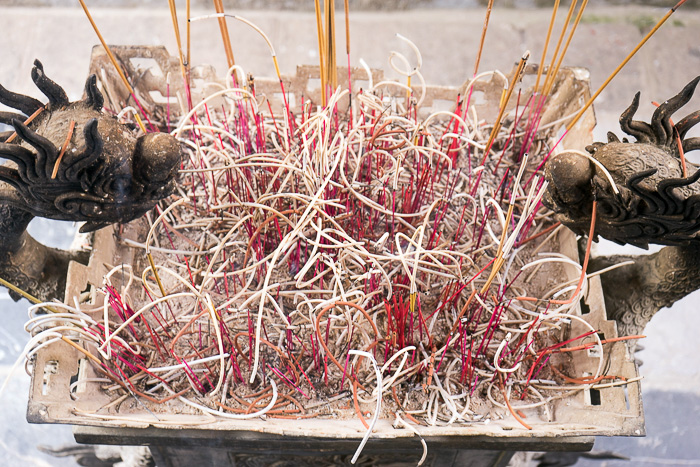
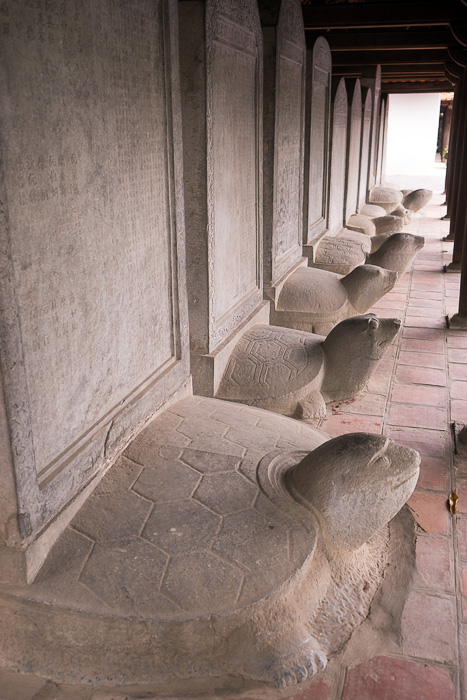
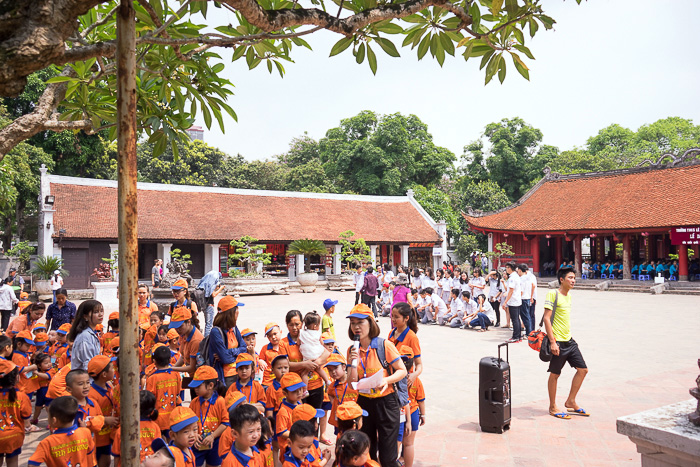
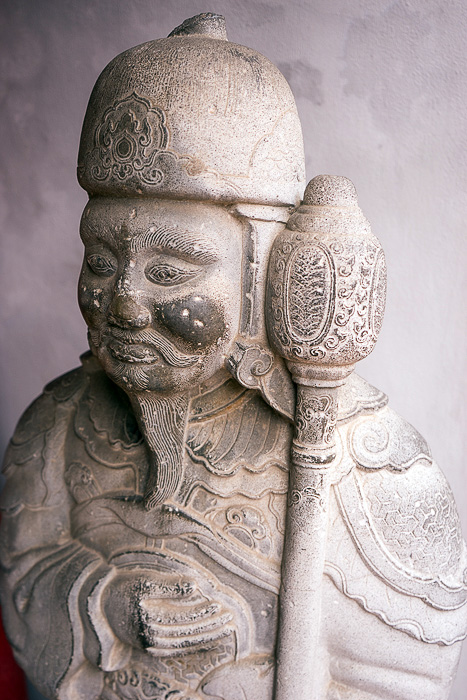
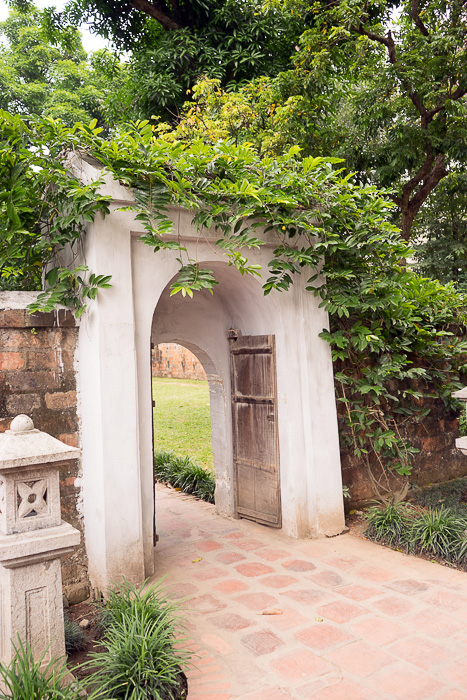
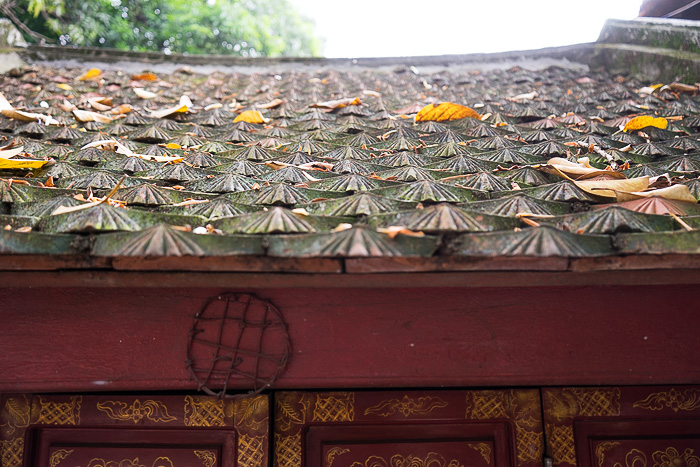
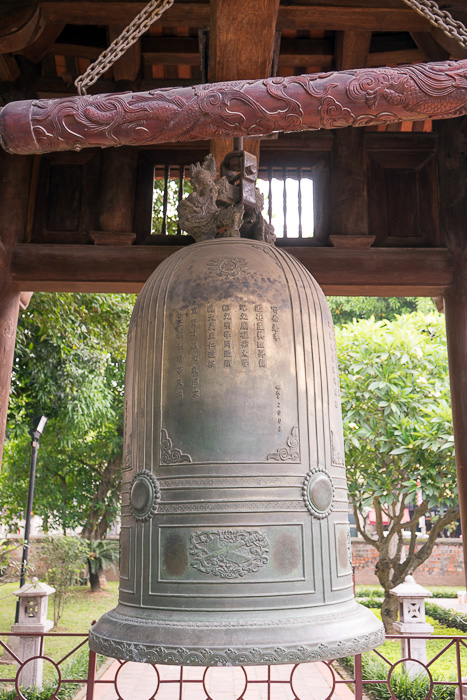
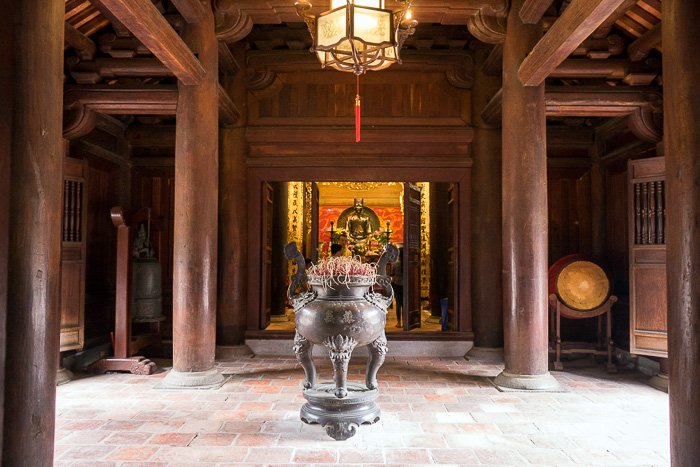
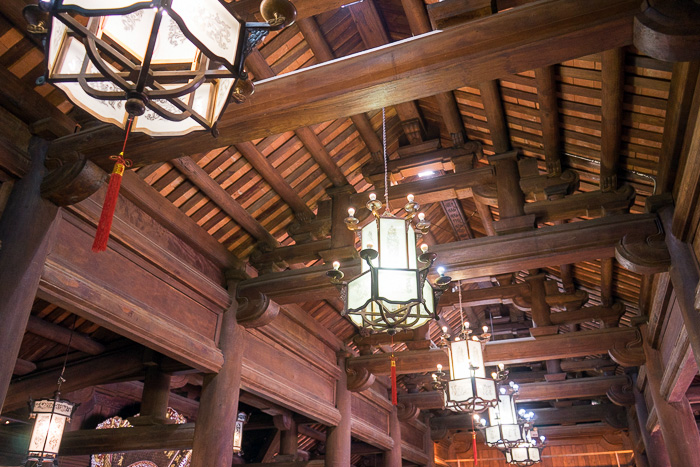

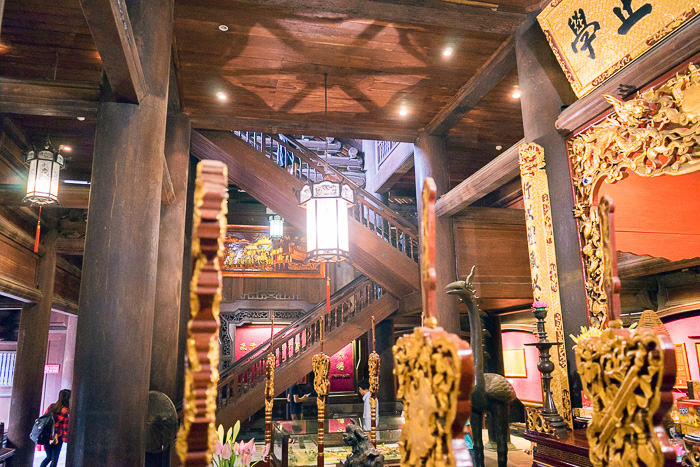
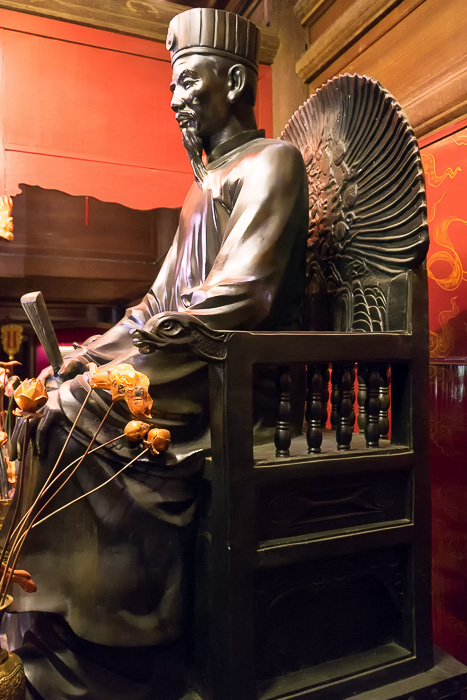
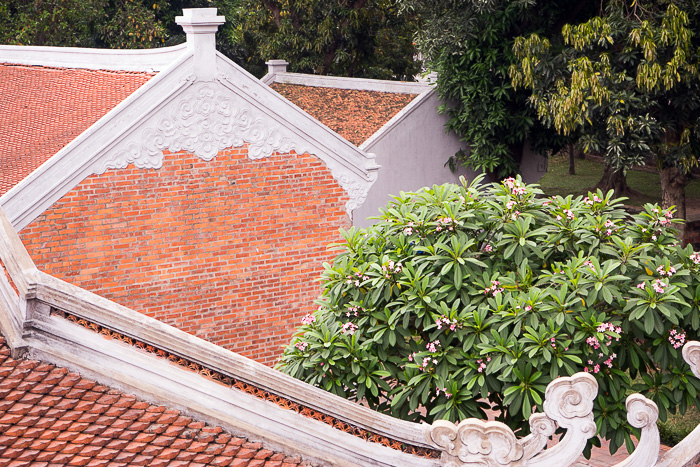
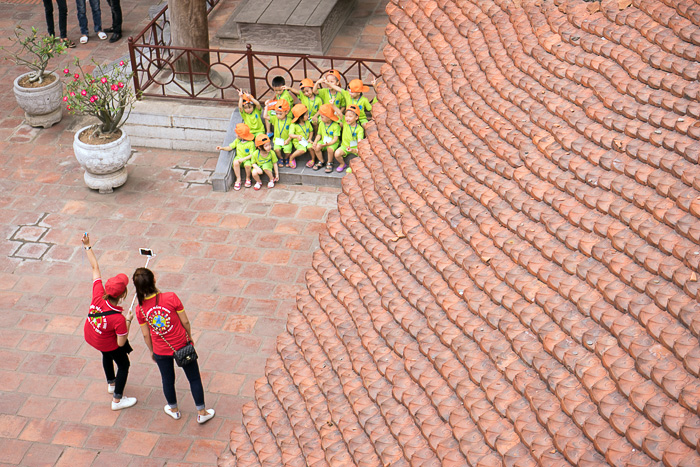
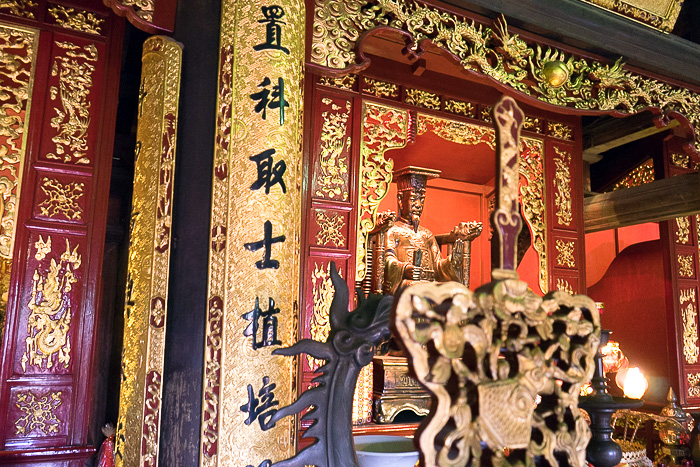
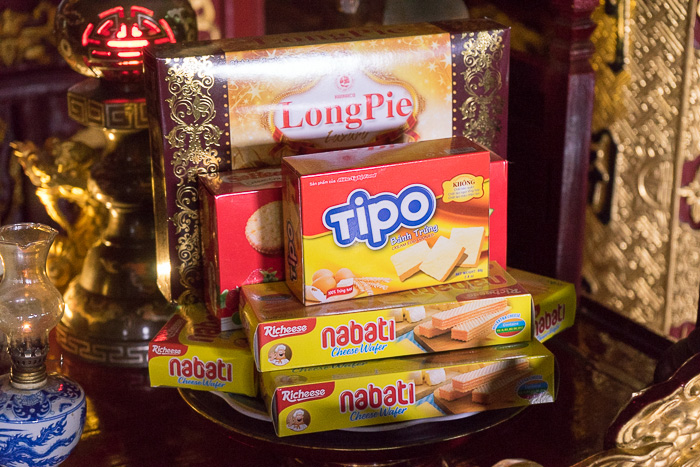

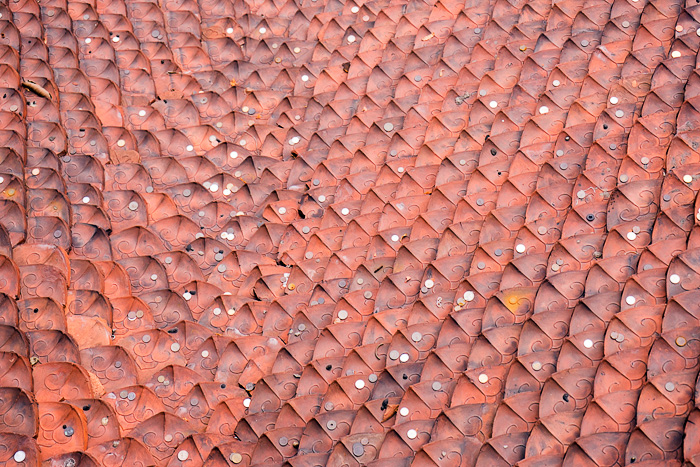
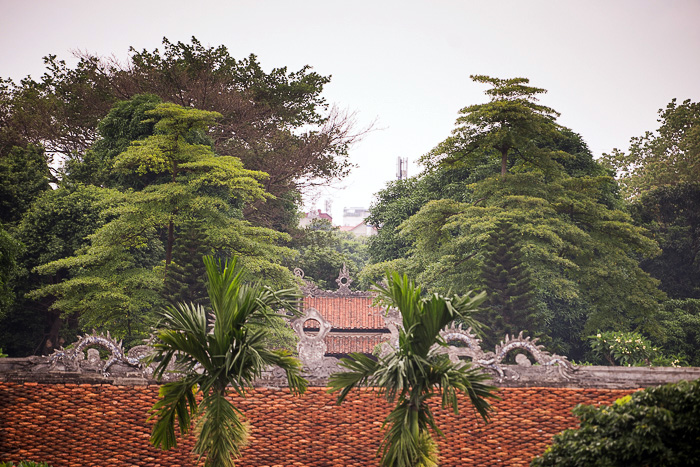
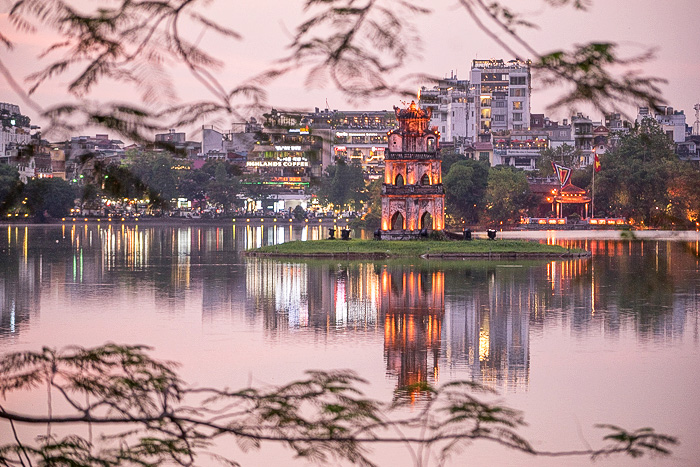
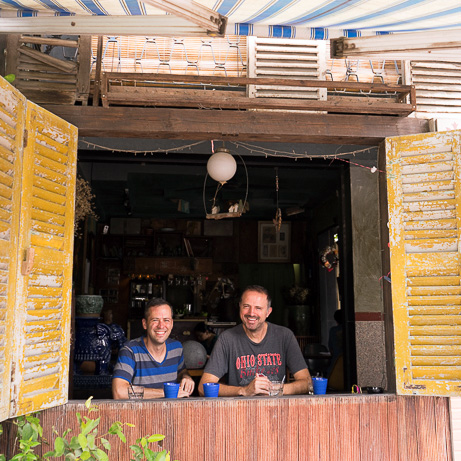
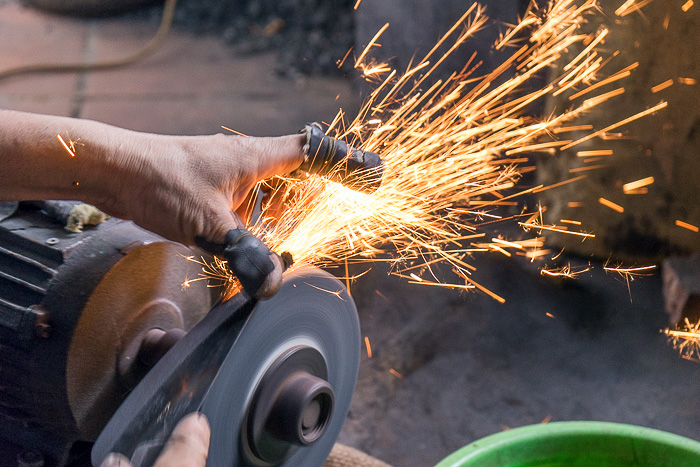

Pingback: Bia Hoi in Hahoi... Banoi... Haboi (burp) Hanoi! | Hanoi For 91 Days
Pingback: The Vietnam Museum of Fine Arts | Hanoi For 91 Days